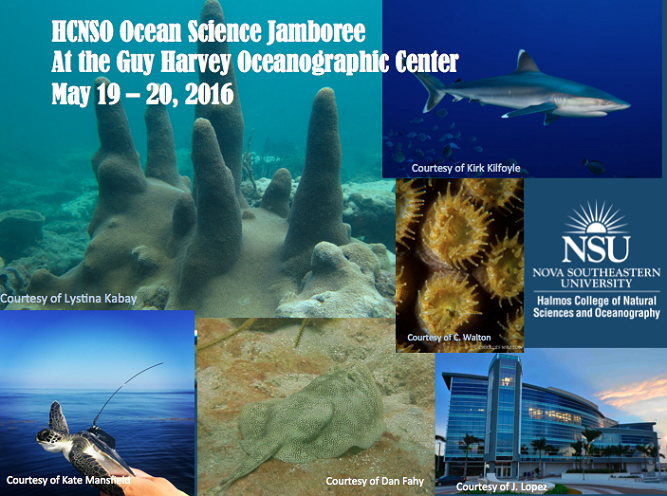Testing the first assumption of the deep reef refugia hypothesis: are mesophotic and shallow gametes compatible regardless of horizontal and vertical distance?
Session 4; Chair Jose Lopez
Abstract
Mesophotic coral ecosystems (MCE) are defined as coral habitats located at depths greater than 30m. Healthy and stable mesophotic coral reef communities are being discovered around the world and inspired the Deep Reef Refugia Hypothesis (DRRH), which suggests that mesophotic reefs are acting as a refuge for depauperate shallow communities. However, several assumptions of this hypothesis remain untested: (1) vertical and horizontal spatial isolation has not led to reproductively isolated of shallow and deep conspecifics, and (2) larvae generated from deep corals are attracted to and survive in shallow coral reef habitats. This study examines if shallow and deep conspecifics are compatible and if morphological differences exist between deep and shallow conspecific in the U.S. Virgin Islands where the shelf separating shallow and mesophotic reefs is approximately 14 km. Orbicella franski and O. faveolata were collected in September 2014 and 2015 for fertilization assays and morphometric analysis of the corallite using 25 characters. There was no significant difference in intra- and inter-depth fertilization for deep or shallow eggs. Morphometrics suggest a distinction between species but differences between depths within a species were more ambiguous. The lack of reproductive isolating barriers between deep and shallow populations demonstrates that the first assumption of the DRRH has been met. This demonstrates that regardless of the width of the shelf shallow and deep gametes are compatible making the DRRH possible.
Testing the first assumption of the deep reef refugia hypothesis: are mesophotic and shallow gametes compatible regardless of horizontal and vertical distance?
Guy Harvey Oceanographic Center Facility
Mesophotic coral ecosystems (MCE) are defined as coral habitats located at depths greater than 30m. Healthy and stable mesophotic coral reef communities are being discovered around the world and inspired the Deep Reef Refugia Hypothesis (DRRH), which suggests that mesophotic reefs are acting as a refuge for depauperate shallow communities. However, several assumptions of this hypothesis remain untested: (1) vertical and horizontal spatial isolation has not led to reproductively isolated of shallow and deep conspecifics, and (2) larvae generated from deep corals are attracted to and survive in shallow coral reef habitats. This study examines if shallow and deep conspecifics are compatible and if morphological differences exist between deep and shallow conspecific in the U.S. Virgin Islands where the shelf separating shallow and mesophotic reefs is approximately 14 km. Orbicella franski and O. faveolata were collected in September 2014 and 2015 for fertilization assays and morphometric analysis of the corallite using 25 characters. There was no significant difference in intra- and inter-depth fertilization for deep or shallow eggs. Morphometrics suggest a distinction between species but differences between depths within a species were more ambiguous. The lack of reproductive isolating barriers between deep and shallow populations demonstrates that the first assumption of the DRRH has been met. This demonstrates that regardless of the width of the shelf shallow and deep gametes are compatible making the DRRH possible.


